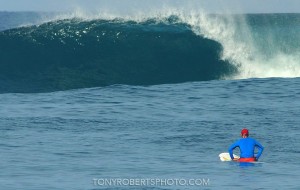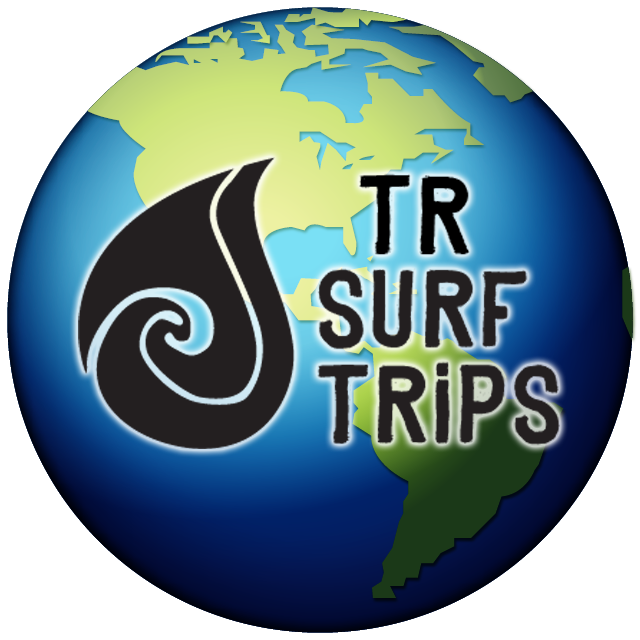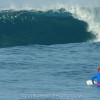
The ocean is constantly changing. This fact can be baffling for a beginner surfer. So how can we better understand the ocean?
Here are a few tips to help read waves.
- Look to the horizon line. If you see a lump headed your way chances are that is a wave.
- If the incoming lump is unusually bigger than the previous sets, you may want to paddle out to avoid getting caught on the inside.
- If you try to catch a wave when you’re too far outside, you’ll just end up wasting your energy. On the other hand, if you’re too far on the inside, the wave will most likely be breaking on you.
- You need to find a balance, or the “sweet spot.” This happens when the wave has formed enough to carry you, but not so much that you won’t be able to stand up before the wave has broken.
- Now that you know where to be located in the lineup, identify the highest point of the wave. The side with the steepest angle is the direction of the breaking wave. This is the direction you should ride.
Like anything in life, reading waves becomes much easier with experience. Our advice here at Real Surf Trips is to start with observation. Watch more experienced surfers paddle out and learn from them. You can quickly find the ones who put themselves in the right spot because they are scoring more waves.
If you want improve your surfing skills and become a student of the ocean, check out our all inclusive surf trips here!

